Introduction
Aluminum foil has long been a staple in kitchens worldwide, praised for its versatility in baking, roasting, and wrapping food. Its ability to conduct heat evenly, retain moisture, and simplify cleanup has made it a go-to tool for both amateur cooks and professional chefs. However, recent studies and growing health concerns have shed light on potential risks associated with its use, particularly when exposed to high temperatures during baking. This article explores the scientific evidence linking aluminum foil to health hazards, environmental impacts, and practical alternatives to ensure a safer, foil-free baking experience. By understanding the risks and adopting innovative substitutes, home cooks and culinary enthusiasts can protect their health, reduce ecological footprints, and elevate their baking practices.
The Science Behind Aluminum Leaching
Aluminum is the most abundant metal in the Earth’s crust and a neurotoxin when present in excessive amounts in the human body. While small quantities of aluminum occur naturally in foods like vegetables, grains, and spices, the metal itself is not essential for biological processes. The World Health Organization (WHO) has set a provisional tolerable weekly intake (PTWI) of 2 mg per kilogram of body weight, emphasizing the need to minimize unnecessary exposure.
When aluminum foil is used in baking, especially at temperatures exceeding 212°F (100°C), the metal begins to leach into food. Acidic ingredients like tomatoes, citrus juices, and vinegar accelerate this process, as do spices and salts. A 2012 study published in the International Journal of Electrochemical Science found that cooking with aluminum foil increased aluminum concentrations in meat by up to 378%, depending on cooking time and temperature. Similarly, a 2017 review in Environmental Sciences Europe highlighted correlations between aluminum exposure and neurodegenerative diseases, including Alzheimer’s and Parkinson’s, as well as bone disorders and kidney dysfunction.
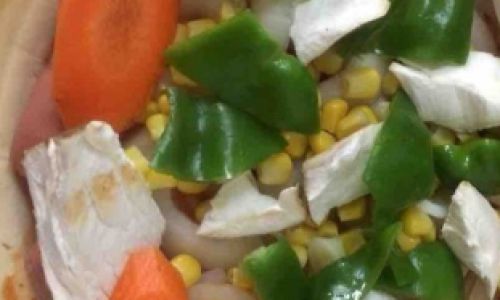
Critics argue that the amounts leached during cooking are negligible and fall within safe limits. However, cumulative exposure from multiple sources—such as processed foods, antacids, and cosmetics—can push intake beyond recommended thresholds. For individuals with preexisting kidney conditions, impaired aluminum excretion exacerbates health risks, making even small additions problematic.
Health Implications of Chronic Aluminum Exposure
The human body has limited capacity to eliminate aluminum, with approximately 95% of ingested aluminum excreted through feces and urine. However, chronic exposure can lead to bioaccumulation in tissues, particularly the brain, bones, and liver. Studies have linked elevated aluminum levels to:
- Neurological Disorders: Aluminum’s ability to induce oxidative stress and inflammation in brain cells is a suspected contributor to Alzheimer’s disease. Postmortem analyses of Alzheimer’s patients reveal higher aluminum concentrations in brain tissues compared to healthy individuals.
- Bone Health: Aluminum competes with calcium for absorption, potentially leading to skeletal fluorosis, osteoporosis, and fractures.
- Reproductive Toxicity: Animal studies suggest aluminum exposure may impair fetal development and reproductive health, though human data remains inconclusive.
- Respiratory Issues: Inhalation of aluminum dust or fumes, common in industrial settings, is linked to pulmonary fibrosis and lung cancer. While baking with foil is unlikely to produce such fumes, prolonged inhalation of microplastics from degraded foil (a lesser-known risk) warrants attention.
Environmental Concerns: From Mines to Landfills
The lifecycle of aluminum foil exacerbates environmental degradation. Bauxite mining, the primary source of aluminum, devastates ecosystems through deforestation, habitat loss, and water pollution. Producing one kilogram of aluminum requires 14,000 liters of water and 15 kilowatt-hours of electricity—equivalent to powering an average U.S. home for 14 hours.
Recycling aluminum reduces energy consumption by 95% compared to virgin production, yet global recycling rates remain low. In the U.S., only 31% of aluminum cans are recycled, and foil recovery is even lower due to contamination with food waste. Non-recycled foil persists in landfills for over 400 years, leaching toxins into soil and groundwater.
Foil-Free Alternatives: Safety, Sustainability, and Performance
Eliminating aluminum foil from baking routines is simpler than it seems, thanks to a growing array of eco-friendly and health-conscious alternatives:
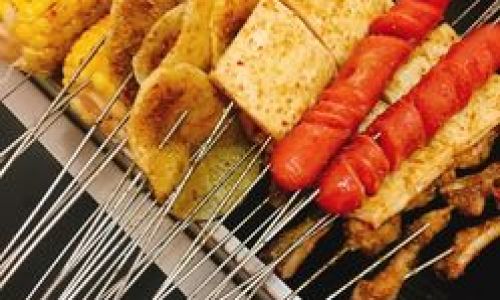
-
Parchment Paper
- Safety: Made from silicone-coated paper, parchment paper is non-toxic, heat-resistant (up to 450°F/232°C), and prevents sticking without leaching chemicals.
- Sustainability: Look for unbleached, chlorine-free options certified by the Forest Stewardship Council (FSC). While not recyclable, parchment paper is compostable in industrial facilities.
- Applications: Ideal for lining baking sheets, rolling dough, and steaming en papillote.
-
Silicone Baking Mats
- Safety: Food-grade silicone is inert, non-reactive, and free from BPA, phthalates, and latex. It withstands temperatures up to 500°F (260°C).
- Sustainability: Reusable for thousands of uses, silicone mats reduce waste and last years with proper care.
- Applications: Perfect for roasting vegetables, baking cookies, and kneading bread.
-
Glass and Ceramic Bakeware
- Safety: Borosilicate glass and stoneware are non-porous, non-reactive, and free from metal leaching. They distribute heat evenly, preventing hotspots.
- Sustainability: Durable and recyclable, glass dishes last indefinitely when handled carefully.
- Applications: Casseroles, lasagnas, and custards benefit from glass’s transparent cooking visibility.
-
Stainless Steel Pans
- Safety: High-quality stainless steel (18/8 or 18/10 grades) resists corrosion and leaching, even with acidic foods.
- Sustainability: Recyclable and long-lasting, stainless steel is a low-waste alternative.
- Applications: Roasting pans, cake tins, and sheet pans excel in stainless steel.
-
Beeswax Wraps
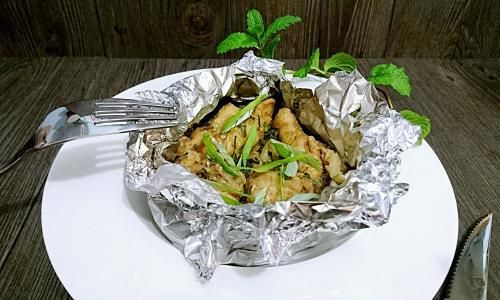
- Safety: Coated in organic beeswax, jojoba oil, and tree resin, these wraps are antimicrobial and biodegradable.
- Sustainability: Reusable for up to a year, they replace plastic and foil for storing doughs and covering dishes.
- Applications: Wrap doughs, cover bowls, or pack snacks.
Practical Tips for Foil-Free Baking
Transitioning to foil-free methods requires minimal adjustments but yields significant rewards:
- Prevent Sticking: Lightly grease pans with coconut oil, olive oil, or avocado oil. For delicate pastries, dust with flour or cocoa powder.
- Control Moisture: Use lids or silicone covers for casseroles instead of foil. For roasting, elevate food on a rack to ensure airflow and crisping.
- Adjust Cooking Times: Glass and ceramic dishes retain heat longer than metal pans, reducing baking time by 5–10 minutes.
- Clean Silicone Mats: Wash with warm soapy water; avoid abrasive scrubbers to prevent scratches.
- Store Parchment Paper: Keep rolls in airtight containers to prevent curling.
Addressing Common Misconceptions
-
“But foil keeps food moist!”
While foil traps steam, excessive moisture can lead to sogginess. Silicone lids or parchment paper tents achieve similar results without metal contact.
-
“Foil is cheaper than alternatives.”
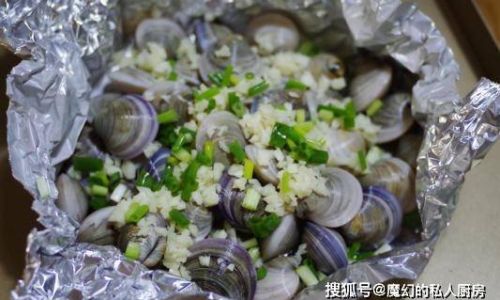
Initial costs of silicone mats or glass dishes are higher, but long-term savings from reusability offset expenses. A single silicone mat replaces hundreds of foil sheets.
-
“I’ve used foil for years without issues.”
Health impacts are cumulative and latency periods for diseases like Alzheimer’s span decades. Proactive prevention is safer than reactive treatment.
Culinary Innovation: Embracing Foil-Free Techniques
Chefs and home cooks globally are reimagining recipes without foil, leveraging traditional and modern methods:
- Clay Pot Cooking: Ancient techniques using unglazed clay pots enhance flavor through slow, even heating. Modern adaptations include electric clay pot cookers.
- Sous-Vide without Plastic: Reusable silicone bags and stainless steel containers achieve precise temperatures without plastic or foil.
- Air Fryer Liners: Perforated parchment sheets prevent sticking in air fryers, mimicking foil’s crisping effect.
The Role of Regulation and Consumer Awareness
While the U.S. Food and Drug Administration (FDA) classifies aluminum foil as “generally recognized as safe (GRAS),” evolving research prompts reevaluation. The European Food Safety Authority (EFSA) lowered its aluminum tolerable weekly intake in 2008, reflecting growing caution.

Consumers can drive change by:
- Reading Labels: Avoid processed foods with aluminum additives (e.g., baking powder, anti-caking agents).
- Advocating for Transparency: Urge manufacturers to disclose aluminum content in packaging and cookware.
- Supporting Sustainable Brands: Choose companies prioritizing non-toxic, recyclable materials.
Conclusion: A Future Without Foil
The shift toward foil-free baking is a win-win for health and the planet. By embracing alternatives like parchment paper, silicone mats, and glass bakeware, cooks minimize aluminum exposure, reduce waste, and innovate culinary traditions. While foil’s convenience is undeniable, its risks—though subtle—warrant caution in an era where preventative wellness and environmental stewardship are paramount.
As research unfolds, the culinary world must adapt, prioritizing safety without sacrificing flavor or functionality. The next time you preheat the oven, consider this: a small change in your baking routine could protect your family’s health, preserve natural resources, and inspire a kitchen revolution—one foil-free dish at a time.

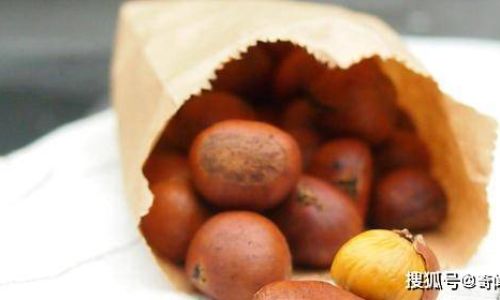
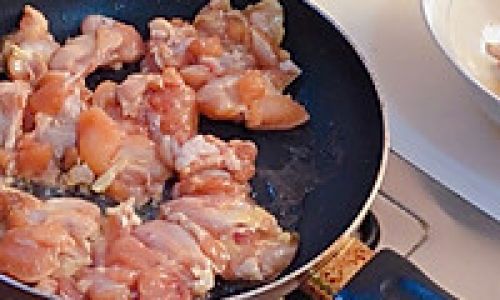
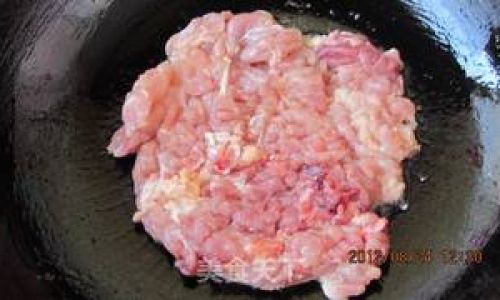
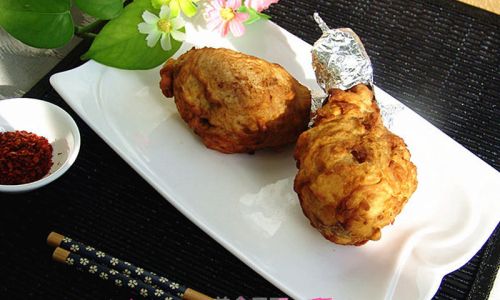
0 comments